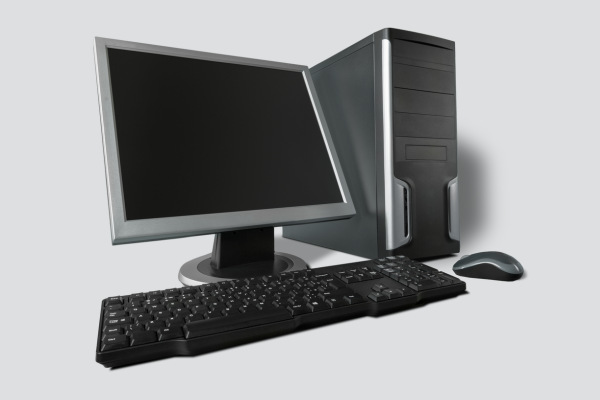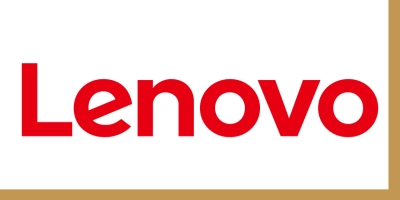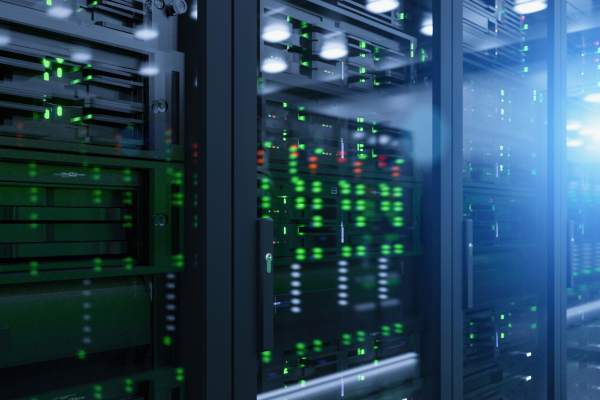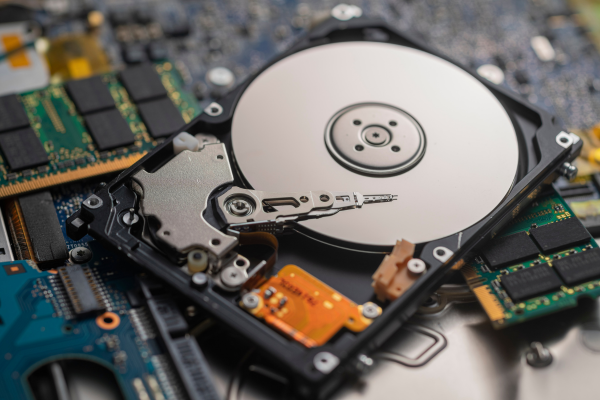The most reliable from BEST brands

HARDWARE
DESKTOPS & LAPTOPS
Laptop and Desktop makers take great pains to differentiate between their consumer- and professional-oriented product lines.
While consumer portables are usually designed for style, business laptops and desktops frequently offer a tougher chassis, more configuration options and better usability.
Large corporate customers buy these notebooks by the thousands and expect them to last for several years. So, if manufacturers want to keep Fortune 500 clients happy, they need to design their business laptops to a higher standard of quality.


More Than Reasonably Priced
| Consumer | Business | |
| Anti-drops and spills | No | Yes |
| Higher Battery life | No | Yes |
| Business appropriate features | No | Yes |
| Preloaded software trials and demos | Yes | No |
| Warranties and after-sales Support | 1 Year | 2 – 3 Years |
Top Brands



SERVERS
A server is a piece of computer hardware or software (computer program) that provides functionality for other programs or devices, called “clients“. … Typical servers are database servers, file servers, mail servers, print servers, web servers, game servers, and application servers.


Top Brands



STORAGE
We live in the “Information Age,” where a huge amount of data is generated every second and technology is needed to store this data. With the advancement in technology, the size of the storage drives keeps shrinking as the capacity keeps increasing


ROUTERS & SWITCHES
We live in the “Information Age,” where a huge amount of data is generated every second and technology is needed to store this data. With the advancement in technology, the size of the storage drives keeps shrinking as the capacity keeps increasing.
Computers can be connected to each other via a switch or a router, The most basic explanation is that a switch is designed to connect computers within a network, while a router is designed to connect multiple networks together


RACKS & UPS
From battery backups that safeguard against outages, to full-scale data center infrastructure, our offers can help your business become more efficient, reliable, and connected.


The benefits of UPS & Racks:
- Safe: protecting you, your customers, your business
- Reliable: uninterrupted, ultra-pure power at all time
- Efficient: up to 30% energy savings is now available
- Productive: simplicity and peace of mind
- Green: easy connection for renewable energies

Headsets & Headphones
Headphones, headsets: These terms are freely tossed around the internet with little regard for accuracy.
What exactly do they mean, anyway?
Generally speaking, headphones emphasize quality stereo sound for listening to music, movies, or games. Headphones have evolved quite a bit from the head-cramping cans of the seventies and eighties, although the types favored by audiophiles retain their sound-isolating, around-the-ear design.
For the purposes of the Audio Links website, headsets are ear-worn speakers (or a single speaker) coupled with a microphone for interactive use with telecom systems, intercoms, or computers.

